Guest contributor: Shaheen Karimian and Lindsey Stengle on the 1968-1976 Mercedes-Benz W114
The Mercedes-Benz W114 and W115 (six-cylinder and four-cylinder versions of the same chassis, respectively), produced from 1968 to 1976, was the predecessor to the modern-day E-Class. Often overlooked today in favor of such models as the W123 (its popular immediate successor) and the upmarket W108 (with which its production overlapped), the Stroke Eight or Strich Acht has nevertheless attracted a small but devoted following. Friends, business partners, and W114 owners multiple times over Shaheen Karimian and Lindsey Stengle of Niche Motoring talk to us about their appeal.
MCB: Why the W114?
NM: To us, the W114 strikes the perfect balance between the old school, chrome bumpers and hubcaps-era Benz and what is considered a “modern” vehicle. They are a forgotten model in the classic Mercedes lineup and deserve some love. Cars and parts are still readily available and cheap compared to the bigger models in the range. W114s also feature Benz’s famous feeling of quality. Door action is incredibly precise and classically vault-like.
MCB: What are they like to own?
NM: Like most vintage vehicles, the ownership experience varies drastically based on the example you buy. The ’73 280 Coupe (referred to as Blue) is the dry season daily driver and has only failed to start due to operator error, usually a dead battery or flooding the carb after sitting for awhile. At 145,500 miles, it is barely broken in. The drivetrain is the last thing to worry about. The Solex 4A1 carb and fuel injection systems can be finicky, but that’s it. There are carb conversion kits available to switch to a simpler (and more fuel-efficient) setup, but that’s up to the individual owners.
These cars are incredibly nice to work on. A basic set of metric tools can get most jobs done. There are no nooks and crannies in which maintenance items are hidden.
MCB: What are they like to drive?
NM: There’s no archaic experience when driving these cars. They drive just like a normal car should— if anything, better than most normal cars. We always thought Blue felt reasonably nice to drive, but then we drove the ’69 250 sedan (referred to as Brown). That car is on an entirely different level of awesome. There is zero play in the steering, and at highway speed it feels like the steering is actually locked on center, and that’s with power steering.
The M110 motor of Blue has a “two-stage” Solex 4A1 carb that keeps the car smooth and subdued in the lower rpms, then transitions into more eager and powerful mode. The M104 in Brown is a buzzy, single cam, dual Zenith carb, “I think I can, I think I can” motor. While not as powerful as the M110 in the later car, it provides much more satisfaction in the fun department.
W114s have disc brakes all around that offer great feel and stop surprisingly well. No ABS (although I believe it was first tested, along with airbags, on the W114), but emergency braking almost never ends in a lock-up. The car has a neat red light that pops up when the brake pressure has hit a wheel-lockable level of force. Suspension setup is soft yet controlled. Blue is a tad floaty over bumps and through corners; Brown is comparable to a new E350 in ride quality.

MCB: What makes you love these cars?
NM: The Paul Bracq design is very clean. There’s no unnecessary clutter to distract the eye. The color palette at the time was an actual color palette, unlike today’s fifty shades of gray. There’s simply an Umami-like sensation around these cars.
MCB: For someone coming from modern cars, they aren’t too, well, slow?
NM: 0-60 mph in any model is too long to bother counting, but these aren’t cars for that sort of thing. With some course planning, a 280 with the M110 can cruise at 100 mph with two occupants and luggage, a diesel will struggle to hit 70 mph in any situation. We wouldn’t worry about driving a gas car in traffic, but a diesel would raise an eyebrow at the situation.
There’s simply an Umami-like sensation around these cars.
MCB: Gasoline and diesel-powered cars: aside from the obvious (more power and less fuel economy, and vice versa), is one preferable to the other?
NM: The gas motors are mostly indestructible; their big weakness are the carbs. Most often the issue is a warped Solex 4A1 or difficulty syncing up the dual Zeniths. Smog equipment is an unreliable burden, but luckily that can be removed. Neither of us has mechanical experience with a diesel W115, so we can’t properly comment there. They are incredibly slow, but we all know that. Any W114/5 will easily last to 250,000+ miles given the proper maintenance. Choosing between the two mostly depends on the experience the owner would like.

MCB: What should someone look for when buying one of these cars?
NM: Rust, rust, rust. Window seals are the biggest weak point and will collect water where you won’t see it. The standard trunk mat is a massive rubber piece that holds water almost indefinitely. Trunks almost always have some surface rust. MB-Tex interiors will look brand new after 100,000 miles; leather, not so much. Seat pads beneath both materials were made of rubberized horsehair and have most likely disintegrated; these can cost around $700 for a complete set. An entire replacement interior can still be purchased through companies like GAHH and World Upholstery for about $4000, which isn’t too bad when you think about it.
There are three model series for the W114/5: 0.5, 1, and 2. Series 0.5 (1968-some 1969) cars are very rare and feature all-red tail light lenses, metal grilles, and short rear bumpers. Series 1 (1969-1973) in the USA is chrome bumpers, plastic egg crate grills, and little mirrors; they are the traditional W114. Series 2 (1974-1976) saw the removal of opening vent windows and the addition of big bumpers, ribbed taillights, and smog equipment.
Our advice would be to find a Series 1 car with the best body possible. Mechanical stuff can be replaced, but body work is only right once.
MCB: What should someone expect to pay?
NM: A running example can be had for $2000 or less; a showroom fresh model will run around $40,000. The middle market hasn’t developed yet, so it’s a great time to buy.
MCB: Is your M-B love specifically for the W114, or are there other Benz models or chassis that pull your heartstrings?
NM:
Lindsey: I’ve always loved W201s. It’s that ’80s boxiness coupled with semi-classic Mercedes styling that I just can’t help but love. They are way over-engineered and slow, but they are so much fun to drive.
Shaheen: I’ve grown up in the AMG era; many of the big V8 hoonmobiles call to me. But my true passions are in the more classic days.
Most favorite are the Uhlenhaut cars. First, the 600 Grosser Coupe for being the epitome of Mercedes-Benz. Second, the Uhlenhaut Coupe.
MCB: What other cars do you own, have you owned, and would you like to own?
NM:
Lindsey: I currently own a 2000 BMW M Coupe and a 1985 M-B 190D, aka “The Africa Express”!
Among owning a few German econoboxes and a small Japanese truck, the absolute worst car I’ve ever owned would be a ’97 Cavalier RS with an automatic. It was so horrid. It is definitely the low point of my automotive life.

The Heartbeat of America —Ed.
As for the future, that’s a tough question given the fact that there are a lot of cars I would like to own but I saw a Ford Capri RS3100 in a specialty car dealership while overseas a few years ago and I instantly started to daydream about just blasting down an interstate in it. It just has a style about it that I really like.
Shaheen: I currently own a ’73 Mercedes-Benz 280C, ’69 Mercedes-Benz 250 (with a 350 V8 swap), a ’92 Buick Roadmaster, and a ’77 BMW 320i. In the past I’ve owned an ’07 BMW Z4M Coupe.
In the future I’d like to own a Mercedes-Benz 600 Coupe and Porsche 964 Targa.
MCB: You co-own what appears to be an interesting business, Niche Motoring. Describe how that came to be.
NM: Lindsey had been considering the opportunity of opening his own business for awhile. Last year, while driving along the ocean on PCH in Blue, I passed Lindsey in his own M Coupe. He decided at that time that there had to be a way to make a living doing this.
A month later I proposed his own idea back to him and boom, all the opportunities just came together. We have a warehouse located in central Bozeman, Montana which is fantastic for, say, importing cars from Canada and shipping them within the continental USA.
MCB: Any concluding thoughts?
NM: We live for the cars and love of the drive. We also really enjoy the weekly assorted grab bag. 
Images © Shaheen Karimian and Lindsey Stengle



















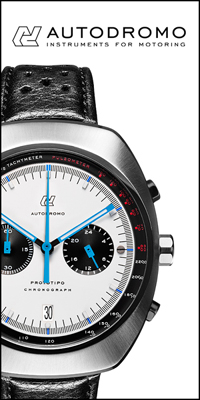


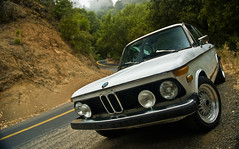
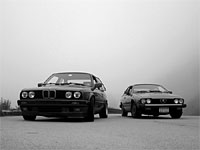
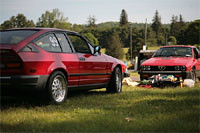
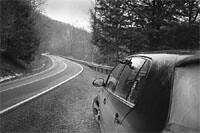





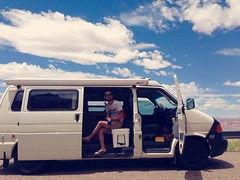
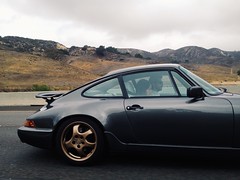
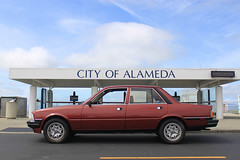
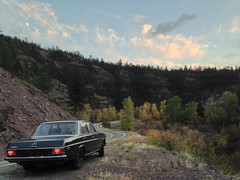

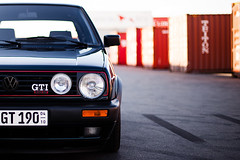

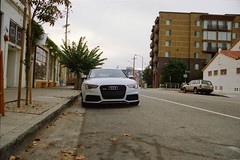
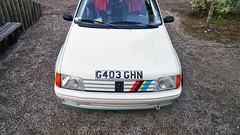
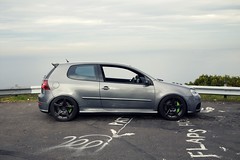

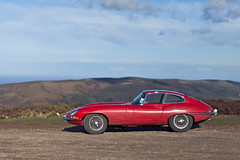
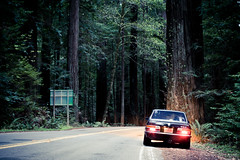
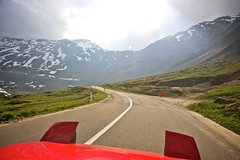

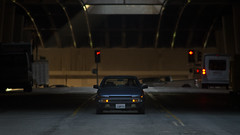




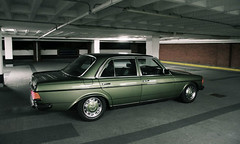
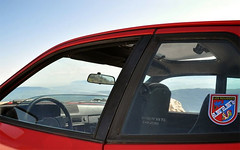
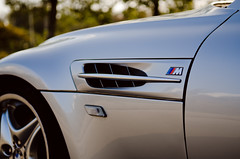
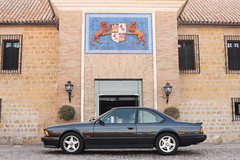


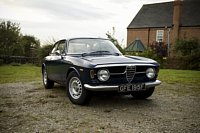
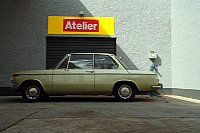


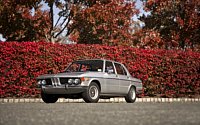

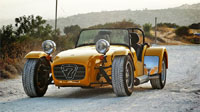



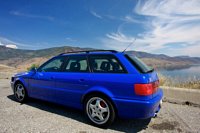
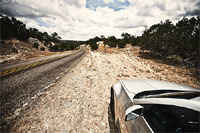
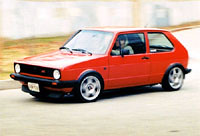
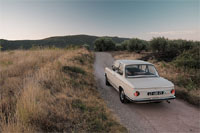

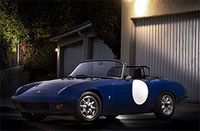

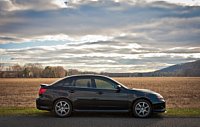

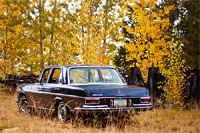
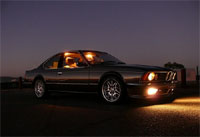
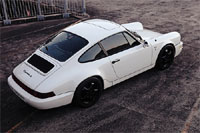
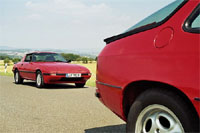

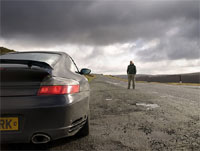
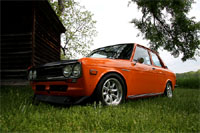
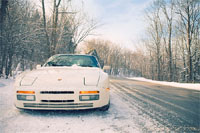
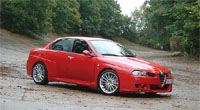



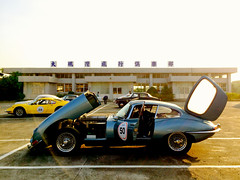
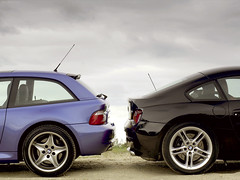
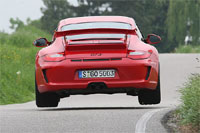
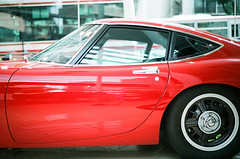

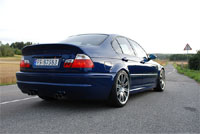
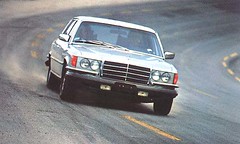
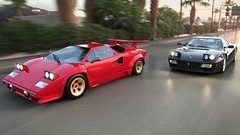
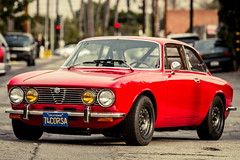


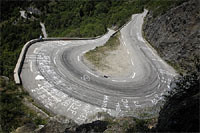
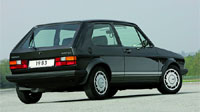

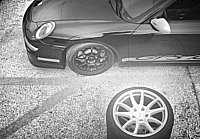



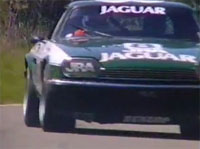
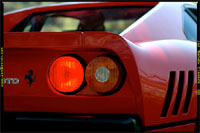

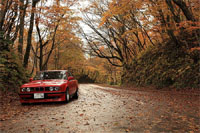
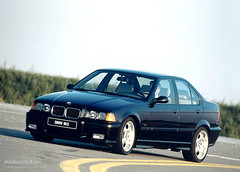


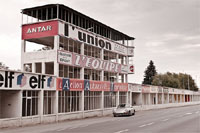




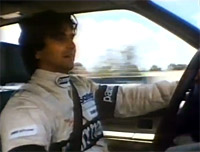
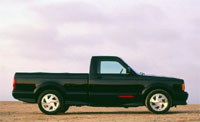
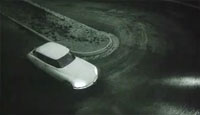

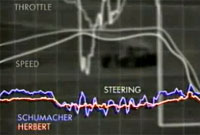
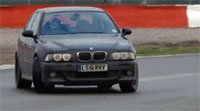
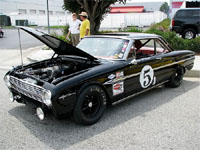



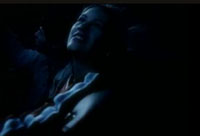
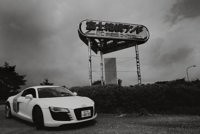
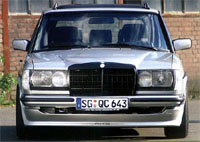



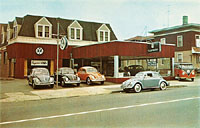


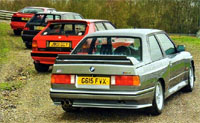


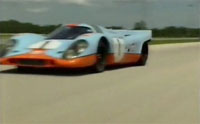

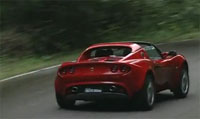
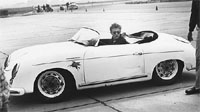

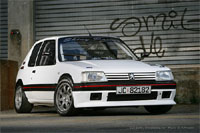
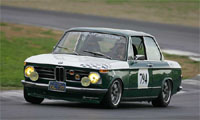

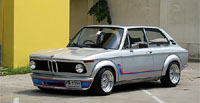

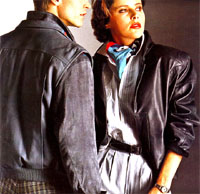
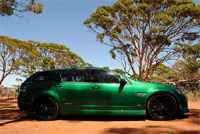


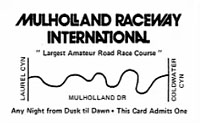
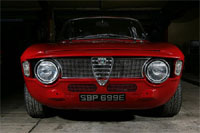
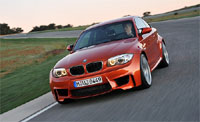
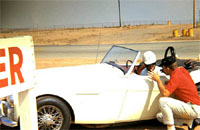
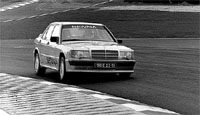
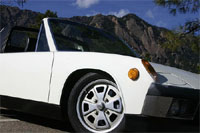
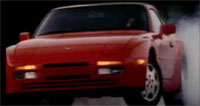
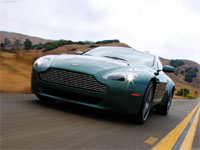
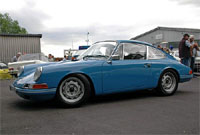

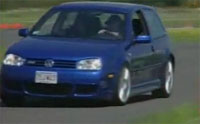
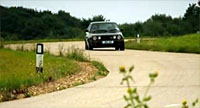




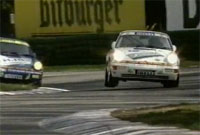
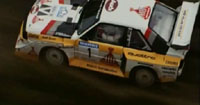
A great read. I must admit that it swayed my opinion of the W114 for the positive.
ZF said this on February 6, 2014 at 1:03 am